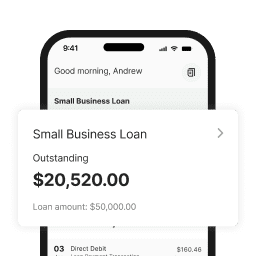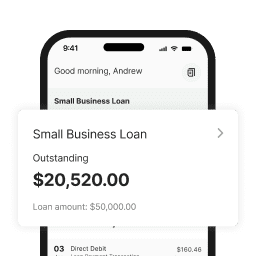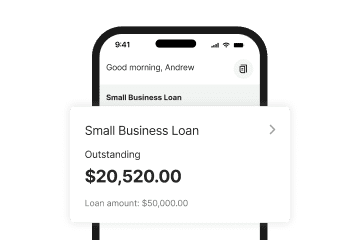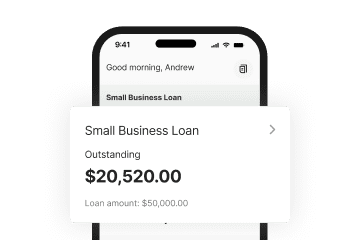Outstanding debts can stifle a business’ cash flow.
However, spending time chasing unpaid invoices can distract business owners from their core functions. Generally, terms and conditions of trade will include a clause addressing payment, unpaid invoices and debt recovery costs. In this article, we will clarify the best way for you recover money owed to your business for goods or services provided to customers.
Speak with the debtor
The most cost-effective strategy is to try and resolve the matter with the other side directly. In this day and age of online communication, people tend to forget that the best way to get an instant response is to pick up the telephone. This way you may find out that there is a reason (whether bona fide or otherwise) that the customer has not paid you. If this doesn’t elicit a helpful response, you may need to send a letter of demand.
Letter of demand
A letter of demand is a formal way to claim an outstanding debt and is the final letter given to a party before commencing legal action. The letter should:
- clearly state that it is a letter of demand;
- set out the exact amount of money owed and how is it calculated;
- state that if the debt isn’t paid by a certain date, you may commence legal action; and
- provide a way for the debtor to pay the debt (e.g. business bank account details).
Mediation
If parties have a genuine dispute in regards to unpaid invoices, they should consider mediation. The process may involve the parties sitting down to resolve the matter or alternatively, they may wish to hire a 3rd party mediator to assist by recommending an outcome, which the parties can choose to accept. If mediation is unsuccessful or the debtor will not attend, a business owner should consider consulting lawyers.
Legal action
Before commencing litigation, lawyers will generally recommend that a final letter of demand be sent to the other party by the law firm. If this does not drive the matter towards a successful outcome, the lawyer may recommend litigation as a means of debt recovery.
Litigation is a time consuming and costly way to resolve a dispute that parties should use only as a last resort. To commence proceedings, your lawyer will assist you to prepare and file a statement of claim which asks the court to order the remedy you seek. If the defendant (the debtor) admits to the debt or doesn’t file a notice of defence, then the court can require them to repay costs and the matter will be resolved at that point. If a notice of defence is filed, the following outcomes are possible:
- the case will settle at court-ordered mediation or through informal settlement discussions between the parties; or
- the case will go to a hearing where the court decides on the facts whether a debt is owed.
If the debtor is a company
If a debtor is a company and the debt is over $2,000, a creditor can issue a statutory demand. A statutory demand is a formal document a creditor can issue under the Corporations Act 2001 (Cth) to require a debtor company to pay its debt within 21 days. If the debtor company fails to pay the debt (or come up with a suitable arrangement) within that period, the company is presumed insolvent. The creditor can then commence proceedings to wind up the company and prove its debt in the liquidation of the debtor company.
However, a debtor company can apply to have the court set the statutory demand if there is a genuine dispute as to the existence or amount of the debt. If successful, the debtor may be entitled to recover its legal costs of that application.
Debt recovery checklist
If you are chasing unpaid invoices, ask yourself the following questions before resorting to litigation:
- Have you called the debtor to discuss the outstanding invoice?
- Have you sent a letter of demand?
- If there is a genuine dispute as to the debt, have you met with the debtor to resolve it?
This article was provided by Noam Greenberger of Legal Vision.
If the answer to all of these questions is ‘yes’, then it may be worth contacting a lawyer to assist you in recovering your business debt.








